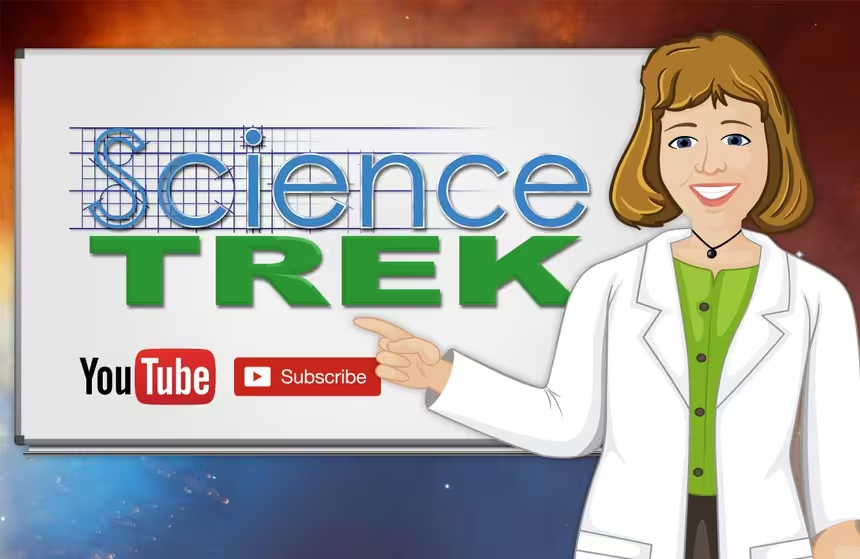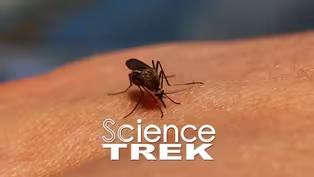
Biomimicry: Shark Skin and Wind Turbines
Clip: Special | 1m 4sVideo has Closed Captions
How did scientists use sharks and whales to invent new things?
Countertops and other surfaces can be home to lots of germs and bacteria, but thanks to biomimicry and sharks, inventors have a solution. Find out what it is and how whales help make wind turbines more efficient.
Problems playing video? | Closed Captioning Feedback
Problems playing video? | Closed Captioning Feedback
Science Trek is a local public television program presented by IdahoPTV
Major Funding by the Laura Moore Cunningham Foundation and the Idaho National Laboratory. Additional Funding by the Friends of Idaho Public Television and the Corporation for Public Broadcasting.

Biomimicry: Shark Skin and Wind Turbines
Clip: Special | 1m 4sVideo has Closed Captions
Countertops and other surfaces can be home to lots of germs and bacteria, but thanks to biomimicry and sharks, inventors have a solution. Find out what it is and how whales help make wind turbines more efficient.
Problems playing video? | Closed Captioning Feedback
How to Watch Science Trek
Science Trek is available to stream on pbs.org and the free PBS App, available on iPhone, Apple TV, Android TV, Android smartphones, Amazon Fire TV, Amazon Fire Tablet, Roku, Samsung Smart TV, and Vizio.

Science Trek
Science Trek is a place where parents, kids, and educators can watch short, educational videos on a variety of science topics. Every Monday Science Trek releases a new video that introduces children to math, science, technology, engineering, and math (STEM) career potentials in a fun, informative way.(MUSIC) JOAN CARTAN-HANSEN, HOST: If you want to find new ways to limit the growth of germs and bacteria or make wind turbines more efficient, then biomimicry may be the answer.
Let's look at some things we've invented studying underwater animals.
While other ocean creatures have barnacles attached to their skin, sharks' skin stay clean.
Sharks have scales covered in tiny points called denticles.
Scientists think those points keep shark skin algae free.
So, they made molds of shark skin and then created products you can put on surfaces of things like checkout counters or airport kiosks.
The product is called Sharklet film, and it limits the growth of bacteria and germs.
Of all the whales, humpback whales have the longest flippers.
Their flippers are covered in large bumps.
These bumps help the whales move more efficiently through water.
That reminded engineers of how wind turbine blades move through air.
So, by adding bumps to the edges of the blades, the wind turbines produce more electricity.
For more information about biomimicry, check out the Science Trek website.
You'll find it at ScienceTrek.org.
Video has Closed Captions
Clip: Special | 1m 4s | How does a mosquito help make vaccinations painless? (1m 4s)
Providing Support for PBS.org
Learn Moreabout PBS online sponsorship
- Science and Nature

Explore scientific discoveries on television's most acclaimed science documentary series.

- Science and Nature

Follow lions, leopards and cheetahs day and night In Botswana’s wild Okavango Delta.












Support for PBS provided by:
Science Trek is a local public television program presented by IdahoPTV
Major Funding by the Laura Moore Cunningham Foundation and the Idaho National Laboratory. Additional Funding by the Friends of Idaho Public Television and the Corporation for Public Broadcasting.
